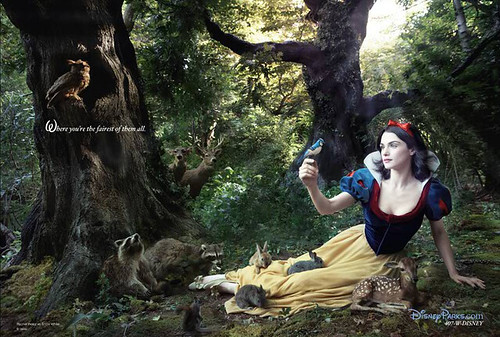@MG Man
nice shots of tobago there meng, but if I may offer you some critiques (since you asked for it)... I shall be as neutral and constructive as possible.
Now, most of your shots are of great scenes in tobago, however the problem doesn't lie in the scene or the camera - it's the
angle and composition.
A couple of the shots esp of the sailboat were framed well using the trees & foliage while the other shots suffered a bit from "typical tourist shot" syndrome (and yes, we're all guilty of that, myself included!).
Out of all those shots, two of them stood out in particular for suffering this syndrome:

and this one:

I mean, oh gawd.. how many times has anyone gone through their friends summer vacation pics on facebook and seen the same boring snapshot?
Yet despite the overused cliche of a beach scene, just a simple shift in angle would make the photo so much more interesting and dynamic. Whether shot with a DSLR or a point & shoot, just a different angle in perspective would make a huge difference between a "m'eh" photo and a "whoa awesome!!" photo. Usually it's these basic fundamentals of creating a good photo that will distinguish your shots from everyone else's and make you look like a pro (even with a pricesmart-bought point & shoot).
Here's what I mean (using my own shots):

When doing a landscape or at least a wide-angle shot, always remember your FOREGROUND and BACKGROUND. Usually in a landscape there's not much of a SUBJECT, but attention should be paid to where you want the viewer's eyes to go. In a Landscape, you generally want the viewer's eye to start where your feet would theoretically be in the photo (if it were viewed directly through your eyes) and then wander off into the far horizon/background like a cowboy riding off into the sunset.
Also, it helps to move your position, USE YOUR FEET! Don't just zoom in and out... move around. Get higher, or get lower, and use that rule of 3rds (yes, that same rule) to FILL 2/3rds of your viewfinder screen with either the sky or land. This is especially helpful if you have an interesting texture to either the sky/clouds or the sand/soil beneath your feet.
Example:


Or you could even make a small object/interesting thing at your feet to be the subject of your photo, with the landscape behind it stretching waaayyy out to form your background (this works especially if you have lines that are leading away from you, going out to the horizon):

The bottom line is (and everyone listen up cuz this is important) - in order to get shots that are different from everyone else's (and less boring too!) you have to PUT YOUR CAMERA in different places and take shots from different angles from everyone else's. Your aim as a photographer should be to make your viewer move their eyes around in a picture, not just to simply see it one-dimensionally.
Remember a good photograph (esp. multidimensional and multi-layered ones, for those who feel cocky enough to try it) are built step-by step. With time you'll be able to compose a shot so quickly you'll look like you came outta your mammy while holding a camera when you was born!! People will ask you "but how you does take such good pittures bai, yuh have a good camera??" while taking shots with a sheitty camera phone... they'll name city streets and avenues after you, you'll get your own public holiday, they'll ask you to be their children's godfathers... you know what I mean!
Next week - we'll talk about light and how it gives your photo shape and texture, and some colour too!










